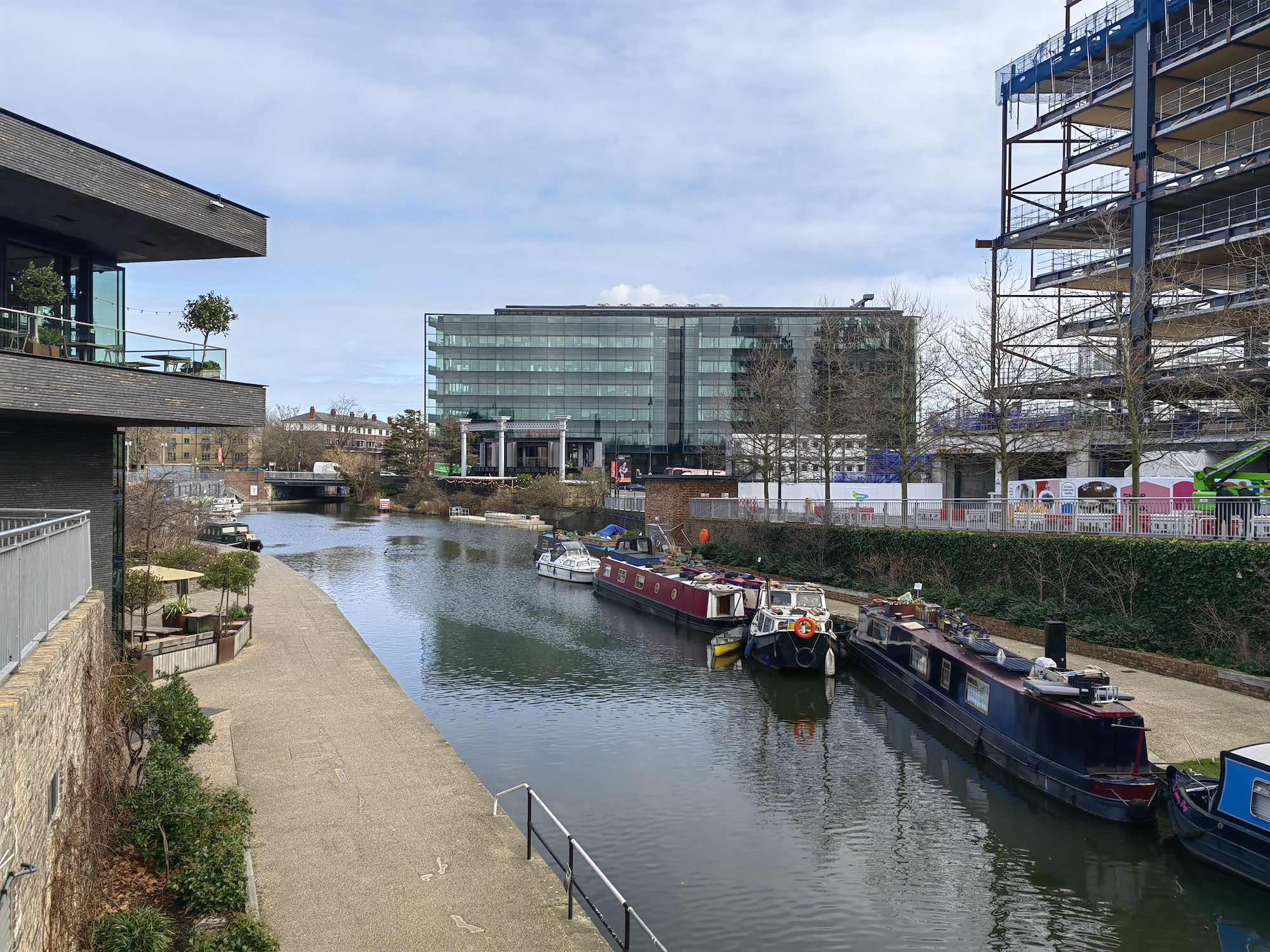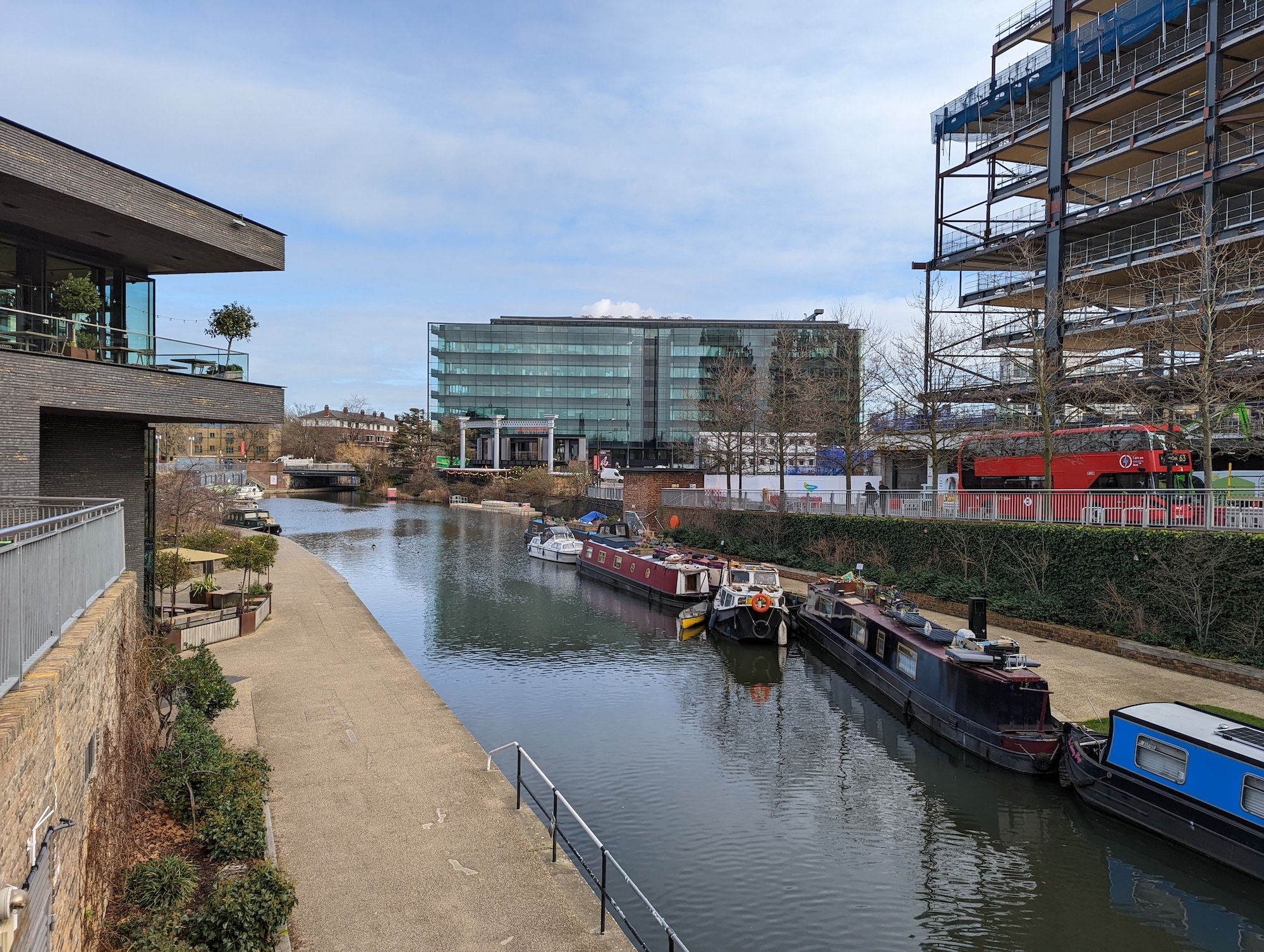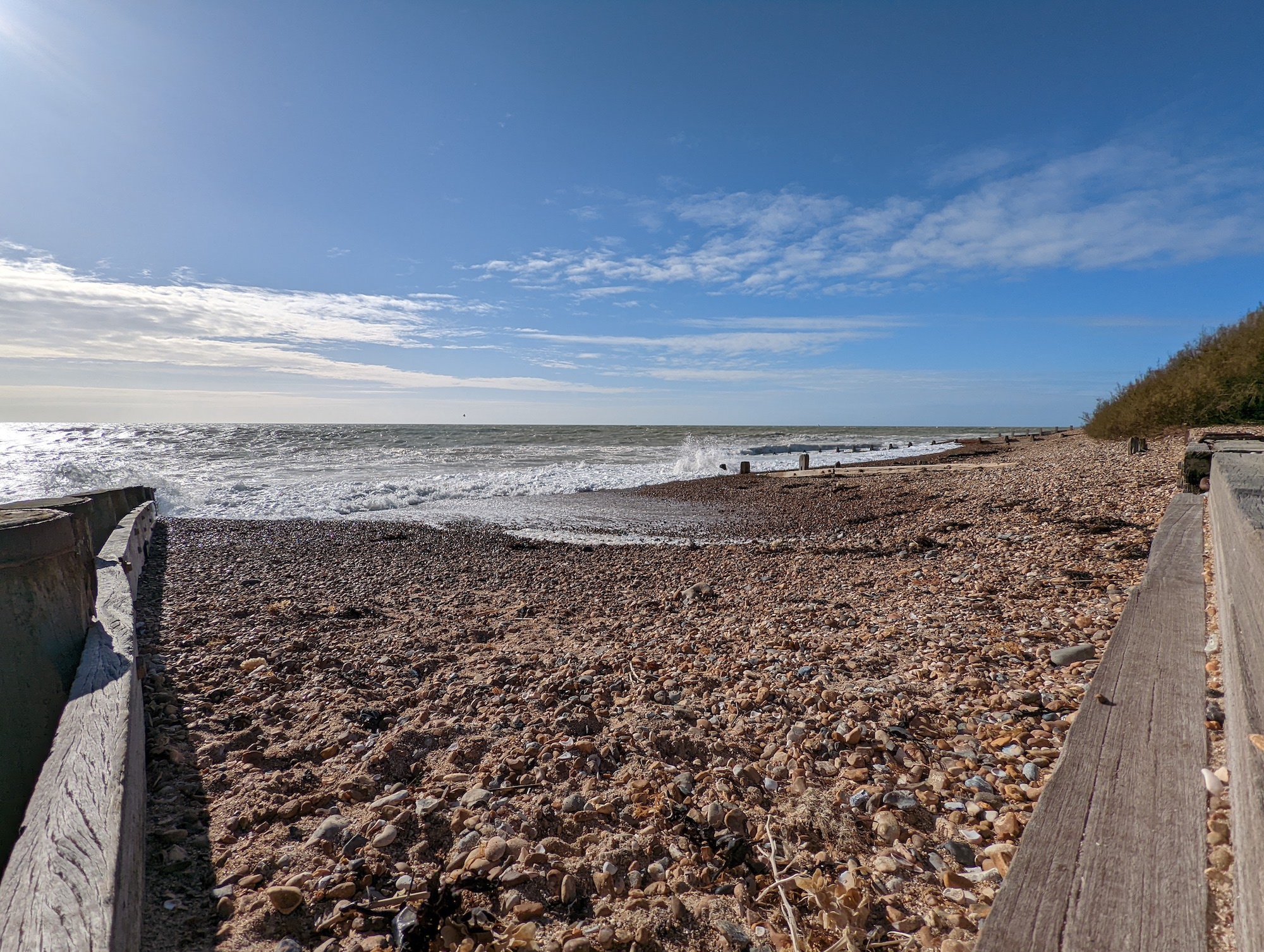It wasn’t that long ago that the camera on a Huawei smartphone was considered one of the best in the business. Its most recent release is the Huawei P50 Pro, and while the camera looks impressive again, the device itself has been overshadowed by the lack of 5G and the continued inability to use Google Mobile Services.

However, if the camera remains one of the very best there is, you could feasibly work your way around the lack of Google Play, and arguably, do you really even need 5G yet? To see if the camera on the P50 Pro is worth making a few changes to your mobile lifestyle, we put it up against the Google Pixel 6 Pro. It’s a serious challenge, as the Pixel’s camera is superb. Here’s how it fared.
The cameras
Let’s deal with the specification before looking at the photos. The Huawei P50 Pro has a 50-megapixel main camera with optical image stabilization (OIS) and an f/1/8 aperture, joined by a 64MP periscope zoom also with OIS and a 3.5x optical zoom. There’s also a 13MP wide-angle camera and a 40MP monochrome camera. The Pixel 6 Pro also has a 50MP main camera with optical image stabilization, plus a 48MP telephoto camera for a 4x optical zoom and a 12MP wide-angle camera.

The P50 Pro uses Huawei’s XD Fusion Pro and True-Chroma image engines, promising to show true-to-life colors, and there are enhancements for the digital zoom mode and the portrait mode using A.I. Google also employs its computational photography expertise to enhance the photos taken with the Pixel 6 Pro. We’re already fans, and have put it up against the Apple iPhone 13 Pro and the Galaxy S21 Ultra.
All the photos shown here were taken in auto mode and have not been edited. Each has been viewed and evaluated on a color-calibrated monitor. When looking at the examples below, one thing to remember is that each has been resized to make them more friendly for online viewing.
Main camera
The mainstay of the camera on both phones is a 50MP sensor, and there’s very little to choose between them. I took a variety of photos in different situations, but the differences are small and it’s almost impossible to say one image is “better” than the other.
The P50 Pro and the Pixel 6 Pro’s main cameras treat colors, exposure, and balance in the same way. Photos aren’t oversaturated, yet still have the right amount of pop so they’re shareable without too much editing. There’s detail when you zoom in, and the scenes look very similar to what I saw with my own eyes.
I have been pleased with the results from both cameras, and cannot say which I prefer. I like them both, and have no doubt everyone will be pleased with photos from the main camera, whichever device they choose.
Winner: Draw
Wide-angle camera
The photos taken with the wide-angle camera differ far more than the main camera’s, with the biggest and most obvious difference being the treatment of color. The P50 Pro amps up the blues and greens more than the Pixel 6 Pro, resulting in less realistic but more eye-catching photos.
There’s a difference in the field of view too, with the Pixel 6 Pro shooting a tighter 114-degree field-of-view compared to the P50 Pro’s 120-degrees. The greater expanse in the photo comes with a downside, as there’s a higher level of distortion from the P50 Pro. Take a look at the curve of the wooden structure in the beach photo for evidence.
The P50 Pro’s aggressive treatment of colors does mean the photos look less realistic, something the Pixel avoids, and the tighter field of view lessens the fish-eye effect too.
Winner: Google Pixel 6 Pro
Night mode
Lowlight photography has always been a Huawei strong point, but Google’s Night mode is equally revered, making this a tough battle. This photo shows the differences between the two perfectly: The Huawei takes warmer photos, while the Pixel 6 Pro has a stunning, but stark realism and revels in showing an incredible level of detail.

Zoom in on both images to see the list of services offered by the Eatons store, and the text captured — on a startlingly white background — by the Pixel 6 Pro is perfectly readable. The P50 Pro’s sign has a yellowy tint that is arguably more representative of the lighting than the Pixel’s, but the text is barely readable at all.

The sharpness of the Pixel 6 Pro’s lowlight photo is amazing. There’s a glitter ball by the flag that is captured with absolute precision, yet the “Chubb” brand logo on the alarm box is still crisp. The P50 Pro simply can’t match it, with a degree of blur introduced to both elements. Detail does matter, and while the P50 Pro’s approach to the tone of the scene is slightly more attractive, it can’t beat the Pixel 6 Pro for sheer quality.
Winner: Google Pixel 6 Pro
Optical zoom
Both phones use a telephoto camera to get closer to your subject, and although there is a slight difference in magnification, they’re close enough to make a decent comparison. This shot at the beach illustrates the difference between the two. The Pixel 6 Pro exposes the photo differently, and it’s the same cool tone seen in other photos that really stands out.

The P50 Pro’s shot has a bluer sky and a blue tint on the water, with the spray attractively frozen in time, but the pebbles on the beach and the wooden breakers get a little lost in shadow so detail suffers. But the way it composes the overall scene, full of distinct elements, is very pretty.

The Pixel 6 Pro’s photo is significantly brighter, emphasizing the cold, windy weather of the day. There’s more detail in the wooden breakers, but the pebbles seem less individually noticeable than in the P50 Pro’s photo. However, I love the way it has captured the color of the sea. It’s close between them, but the sea should be the focal point, and the Pixel has got it just right.
Winner: Google Pixel 6 Pro
Portrait mode
Why not give the cameras a challenge? I like the P50 Pro’s Aperture mode, which adds a bokeh effect to things, rather than Portrait mode’s preference for people. I used it here and focused on the International logo, and did the same with the Pixel 6 Pro using Portrait mode. I wanted to see a nice transition into blur, and plenty of detail in the patina.

The blur in the P50 Pro’s photo is very effective, but it is quite tightly centered, in that there’s also blur at the closest point of the International branding. The patina on the exhaust is wonderful, and the edge recognition has effectively understood that the metal of the windscreen surround should be in the background.

The Pixel 6 Pro gets the blur on the International logo right, but the level of detail is less impressive than the P50 Pro’s photo, plus the edge recognition isn’t as accurate either. I do prefer the tone of the Pixel’s photo, but could easily change that by editing the P50 Pro’s image, which is otherwise superior.
Winner: Huawei P50 Pro
Indoor close-up
The P50 Pro has an automatic macro mode, a feature the Pixel 6 Pro does not have, so the section of images I took inside all used the main camera, but before the macro mode kicked in. This photo of an Oris Aquis Upcycle watch illustrates the strengths and weaknesses of both cameras.

The P50 Pro’s photo has a wonderful natural bokeh effect, capturing the edges and the brushed metal center link of the bracelet, while also isolating the beveled edge of the bezel perfectly. The Pixel 6 Pro gets all these aspects wrong, blurring out key details of the watch to focus almost solely on the dial.

However, where the Pixel 6 Pro does succeed is with detail. Zoom in on the dial and the text is much sharper. Balance across both is very good, but the Pixel does show slightly more accurate colors on the dial. Both are great, but the P50 Pro isolates the obvious subject better than the Pixel 6 Pro.
Winner: Huawei P50 Pro
Conclusion
The Google Pixel 6 Pro won three of our categories, the Huawei P50 Pro won two, and the pair had a draw on the main camera. It’s a relatively even split between them, but the Pixel 6 Pro does win. What’s interesting is the Pixel 6 Pro beat the P50 Pro with its optical zoom, a feature Huawei has long been known and respected for. Huawei also couldn’t keep up with the Pixel in low light, another surprise.
Once the name associated with smartphone camera greatness, current Huawei cameras still have the ability to impress, but do not have the lead over the competition we once saw when phones like the P30 Pro and Mate 20 Pro ruled. Going back to our original question, is the P50 Pro’s camera worth the additional effort that living without Google’s services will take for many? Unfortunately, the answer is no. The P50 Pro takes some fantastic photos, but they’re not quite stellar enough to beat the competition at the moment.









